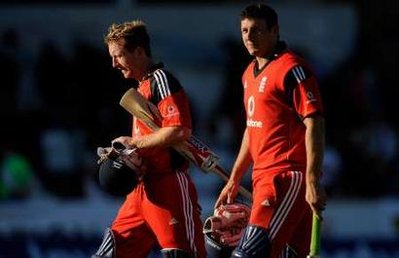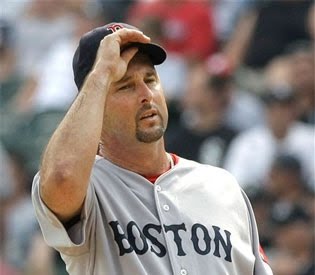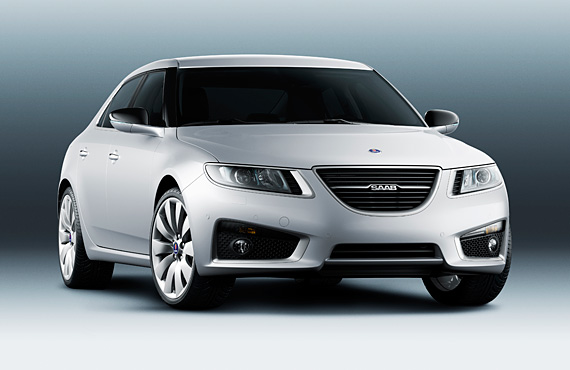
It was a very slow death. But Saab's car division, long separated from their legendary aircraft division, has finally died. Or at least it is heading that way.
You could argue that Saab was the Subaru of Europe. It was born out of an aircraft company. It had a strong cult following. During the 1970s and 1980s, driving a Saab or Subaru was an act of left-wing subversion - something a small New England college professor might do. But there are key differences. Subaru's cult following slowly went mainstream as word got out just how valuable their all wheel drive systems are (Subaru produces three systems and all of their cars have at least the basic, part-time AWD system). Subaru never shied from making hatchbacks, while Saab slowly phased-out their iconic hatch designs. Both companies have occasionally designed aviation-inspired cockpits.
But Subaru stuck to a unique engineering and design philosophy in 1972 (with the Leone 4WD wagon) and stuck to it. Saab lost its way in the early years or GM ownership. It found its way back to greatness only in the later years of this decade thanks largely to its last two chief designers, the German Michael Mauer and the Englishman Simon Padian.
Saab was one of the best makers of front-wheel drive cars. Like Citroen, Saab stuck to front-wheel drive and made it better with each car generation. I think Citroen, Peugeot, Volvo, and Saab are the best engineers and implementers of front-wheel drive in the automotive world. Alfa Romeo learned a lot on how to switch to front-wheel drive from Saab. The two automakers even occasionally shared platforms. For example, the Saab 9000 shared its chassis with the Alfa 164. And the last-generation Saab 9-3 shared its platform with the Afla 159, which is still sold in Europe today - notably the distinctive and award-winning wagon version.
Saab was the first automaker to introduce heated front seats....in 1972!
Saab's classic cars all had the number 9 in them. The 99. The 90. The 900. The 9000. The 9-3.
Saab did make the unconventional move of producing Sweden's first convertible in 1986, which somehow became the favorite luxury coupe in Provincetown, Massachusetts until Saab folded.
Improved reliability came late, well after General Motors bought the brand in 2000. But by then, the design shifts away from hatchbacks began to seal Saab's fate. The Saab 9-3 was briefly offered as a sedan only until the beautiful 9-3 SportCombi entered the lineup in 2005. Saab fans were thrown a bone with the 9-2X hatchback, which was actually a Subaru Impreza dressed as a Saab. GM had planned to dress-up the Subaru B9 Tribeca as the Saab 9-7X, but by then, GM had sold their share of Subaru to Toyota.
From 2007 onward, Saab offered the fourth-generation Haldex AWD system in its 9-3 and 9-5 vehicles. It was Saab's best engineering move in years. Saab finally had an all wheel drive system from the world's leading manufacturer of AWD systems (and Haldex is a Swedish company, to boot).
The 9-3 and 9-5 today are better than ever. The 2010 9-5 (pictured above) is ready to to be produced in Europe. And there is a beautiful 9-4X crossover waiting to be built in Mexico (on the line that recently stopped producing the Saturn Vue). But GM's bankruptcy reorganization has forced it to sell Saab. So far, it has been unsuccessful, and time is just about out. If Saab isn't sold it will have to wind down.
UPDATE, December 30th 2009, 11:00 EST: GM has announced that it will fill orders for the new 9-5 sedan and 9-3 convertible. But it still intends to either sell Saab or shut it down.
UPDATE, January 9th, 2010: The wind-down commences. Saab is gone.
UPDATE, January 26th, 2010: Not so fast. GM sells Saab to Spyker in an 11th hour sale. Spyker is not profitable, but Saab might both save itself and Spyker. So for now, Saab is alive.
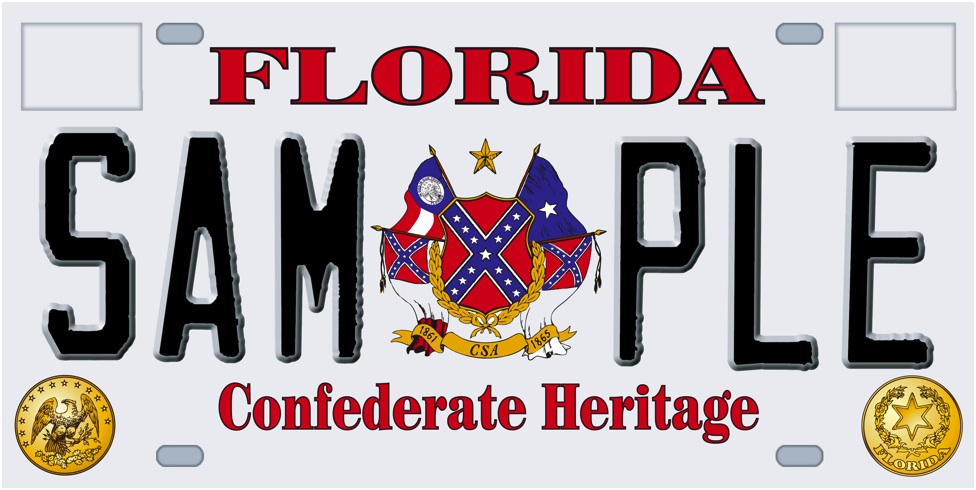

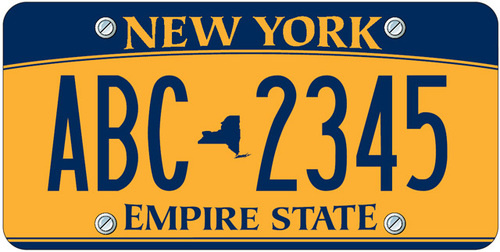
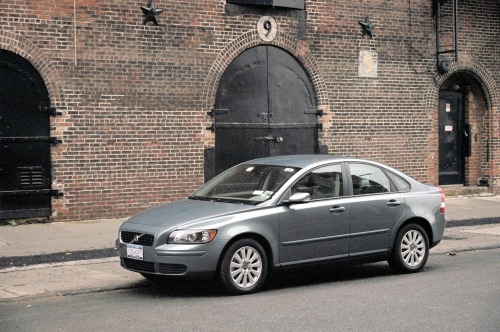
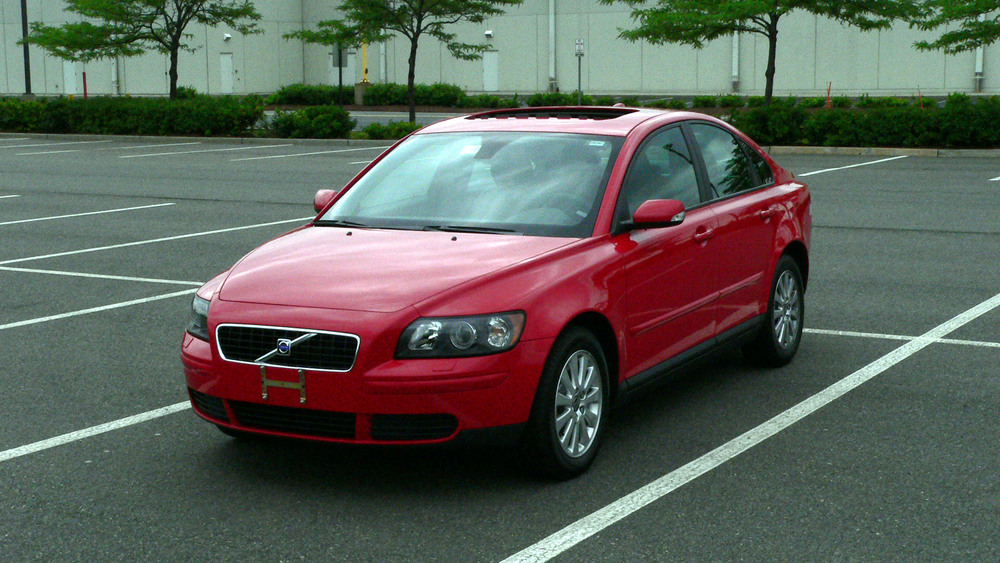
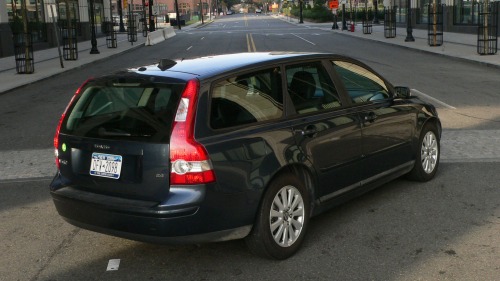
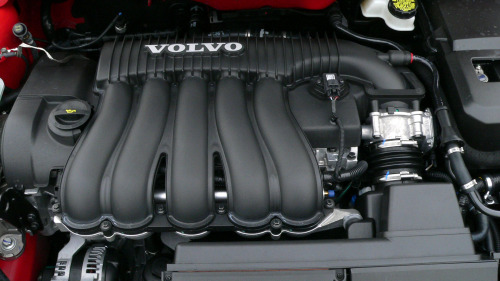
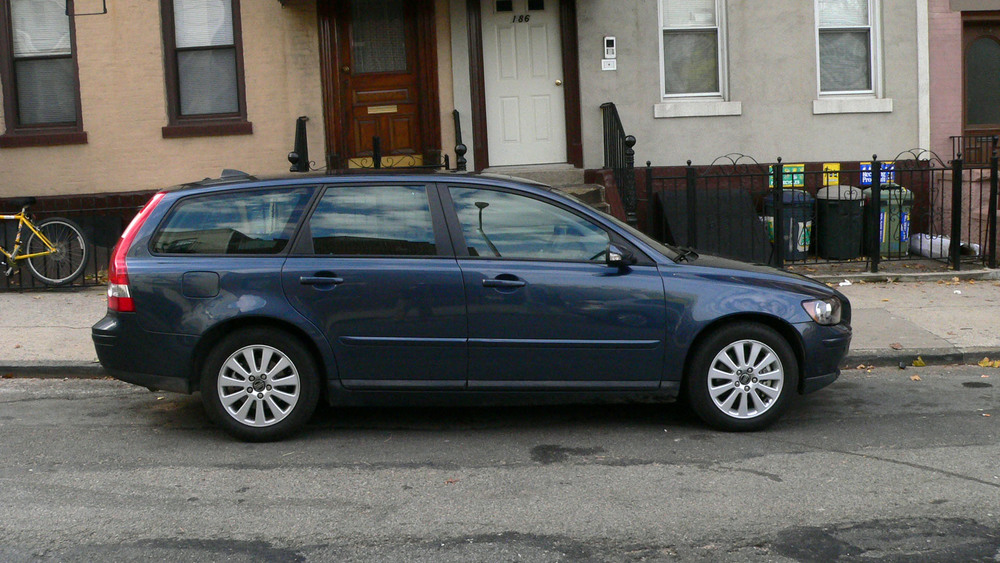
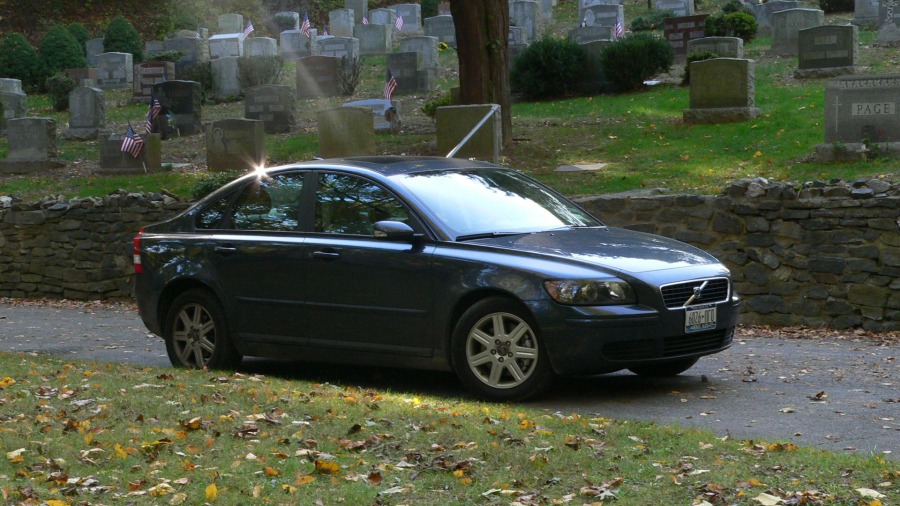
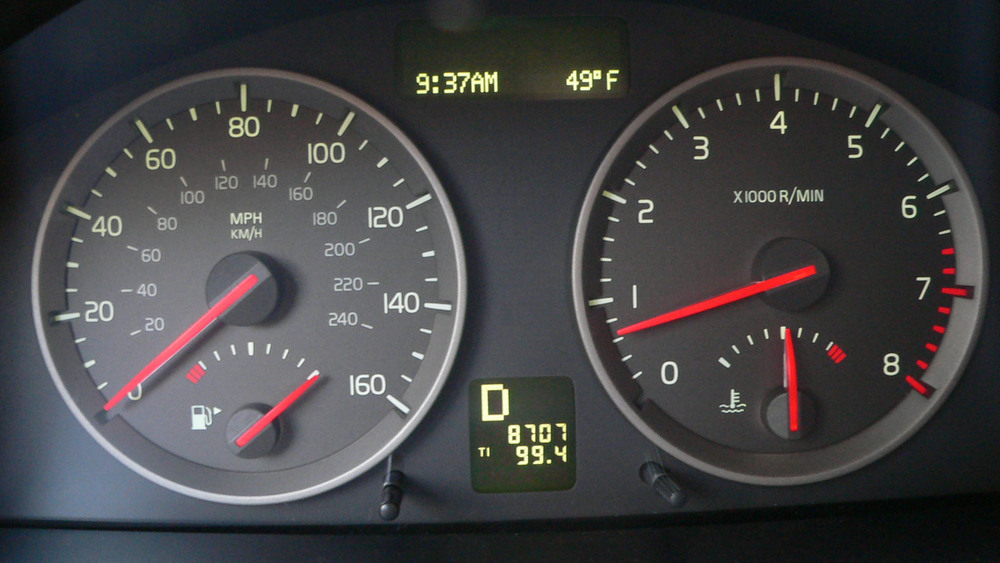
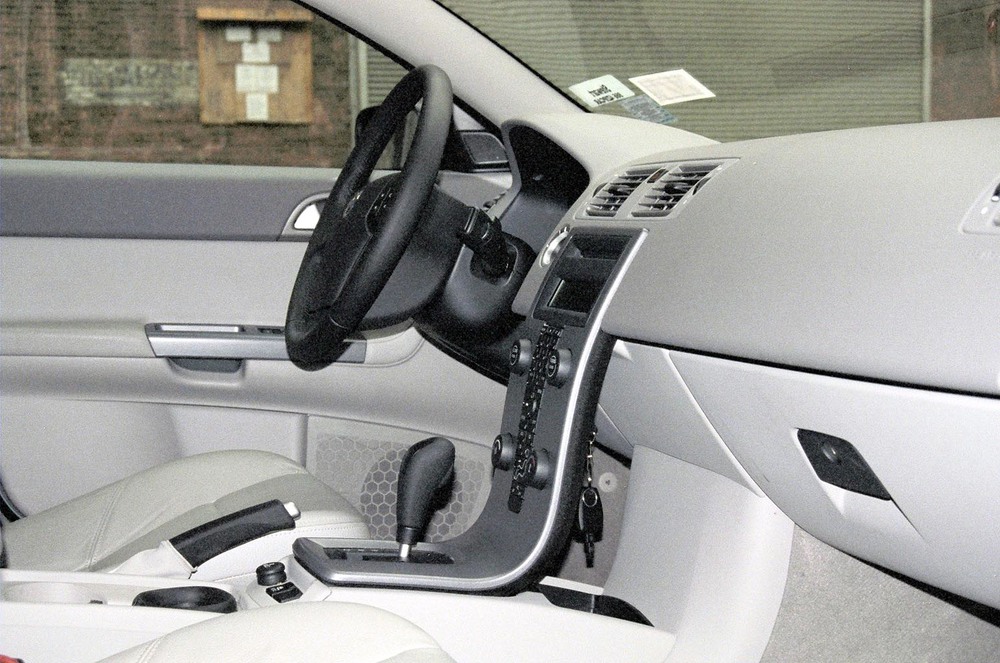
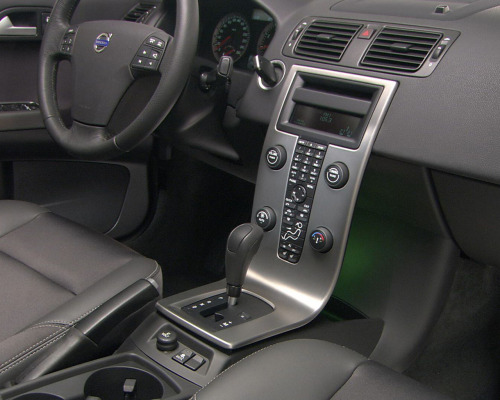
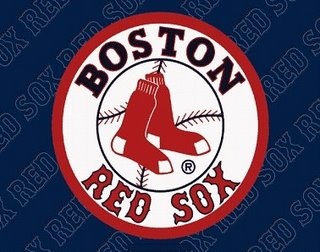
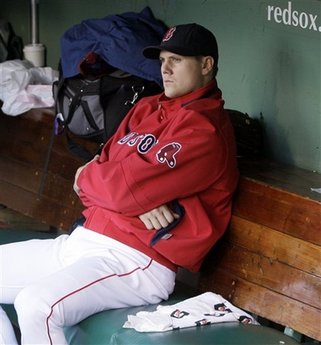

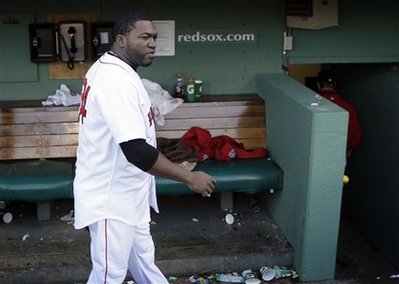

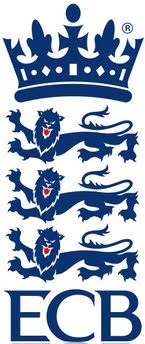

 The Red Sox might have turned their season around, and at the right time. In the last 10 days, they have
The Red Sox might have turned their season around, and at the right time. In the last 10 days, they have 